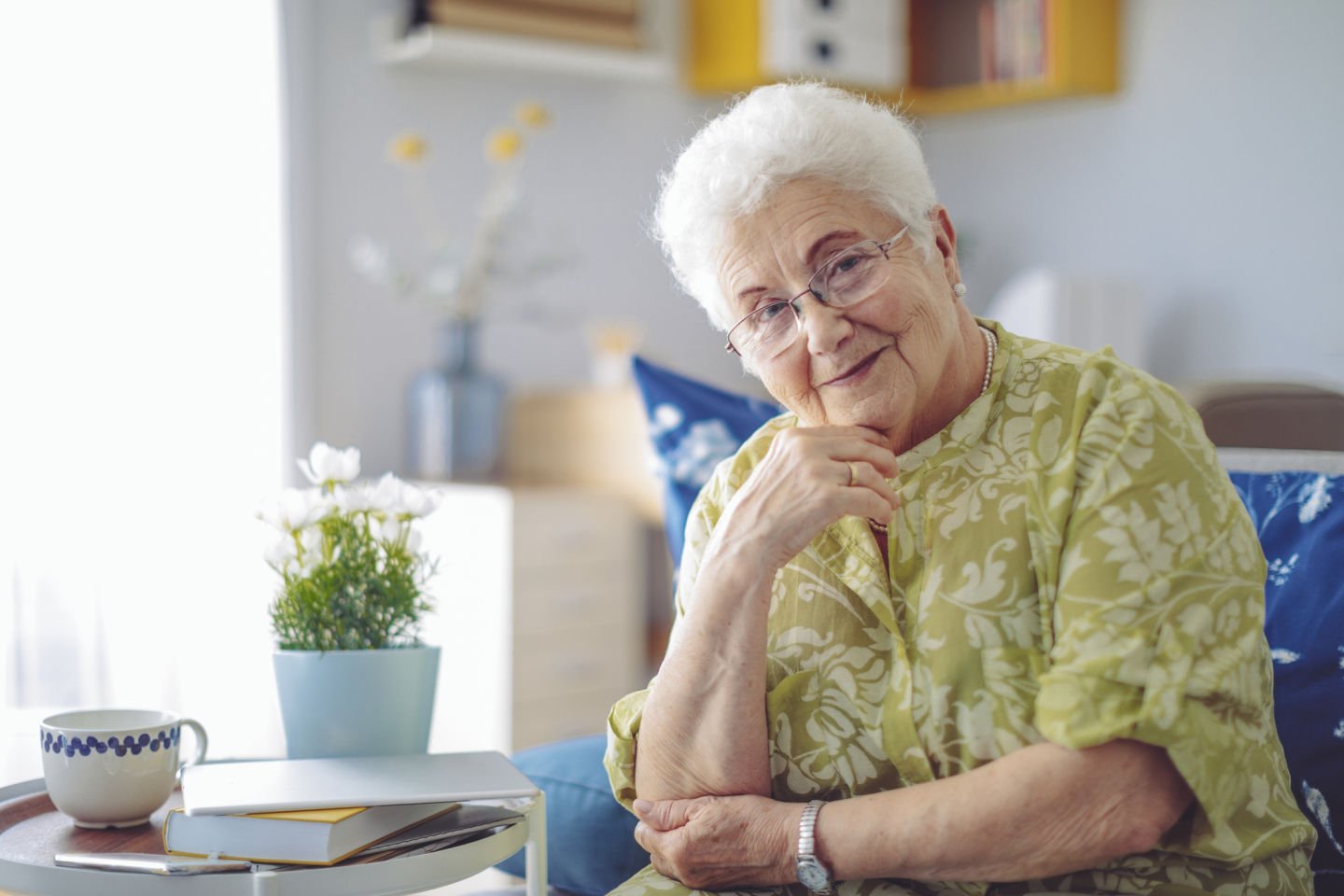This new device holds hope for osteoporosis detection
This Australian-developed tool could be a game-changer for osteoporosis sufferers.

Key points
Two-thirds of Australians over 50 live with poor bone health.
A new scanner tool speeds up detection and treatment.
A new tool could improve and speed up the early detection and treatment of osteoporosis in Australia.
Research reveals more than 4.74 million Australians over 50 are living with poor bone health.
It is estimated that a fracture happens every 3 minutes. That is more than 183,000 fractures a year – many of those to older people.
The projected cost of poor bone health among Australians aged 50+ is an estimated $3.84 billion this year.
A new compact, high-resolution CT scanner combined with a new bone fragility software could be a game changer in reducing the impact of osteoporosis in Australia.
The tool, OssView™, has been developed by not-for-profit Healthy Bones Australia (HBA), formerly Osteoporosis Australia, and Australian company CurveBeam AI.
The tool tests for and examines the support structure of the bone, not only its density. It could assist GPs and specialists to identify patients at high risk of fracture and yet may show a low or normal bone density on conventional testing.
The developers say the compact size and ease of the equipment's mobility will help improve access for people in remote, rural, or residential aged care settings. It will also better inform patients and their doctors of fracture risk and help prevent fractures.
What is osteoporosis?
Weakened bone structure and density increase the risk of breaking. Any bone can be affected, but osteoporosis tends to affect certain sites within the skeleton.
Areas of concern are the hip, wrist, and spine. Other sites include the ankle, leg, forearm, upper arm, and ribs. These fractures typically occur after a minor trip, fall or similar incident.
Once a fracture occurs, the person is at a much higher risk of another fracture.
Of those aged 50 years and over, 66 per cent have osteoporosis or osteopenia. There are over 173,000 broken bones each year due to poor bone health. More than 1 million Australians have osteoporosis.
Osteoporosis affects more women than men. Women are more likely to get osteoporosis because:
Women usually have smaller, thinner, less dense bones than men.
Women often live longer than men. Bone loss naturally happens as we age.
Women also lose more bone mass after menopause. Higher estrogen levels before menopause help protect bone density.
Osteoporosis is most common in older women. But younger women can get osteoporosis. And girls and women of all ages need to take steps to protect their bones.
Research has identified common risk factors for developing osteoporosis, and this largely applies to patients 50 years and over but can also apply to younger adults. A bone density scan is the most common test to help diagnose osteoporosis.
Maintaining healthy bones requires adequate levels of calcium, vitamin D and exercise. Protein is also essential for muscle development and strength to support staying active. Some micronutrients also play a lesser role in bone health.
For further reading: Women's Health, Healthy bones Australia, Curvebeamai







